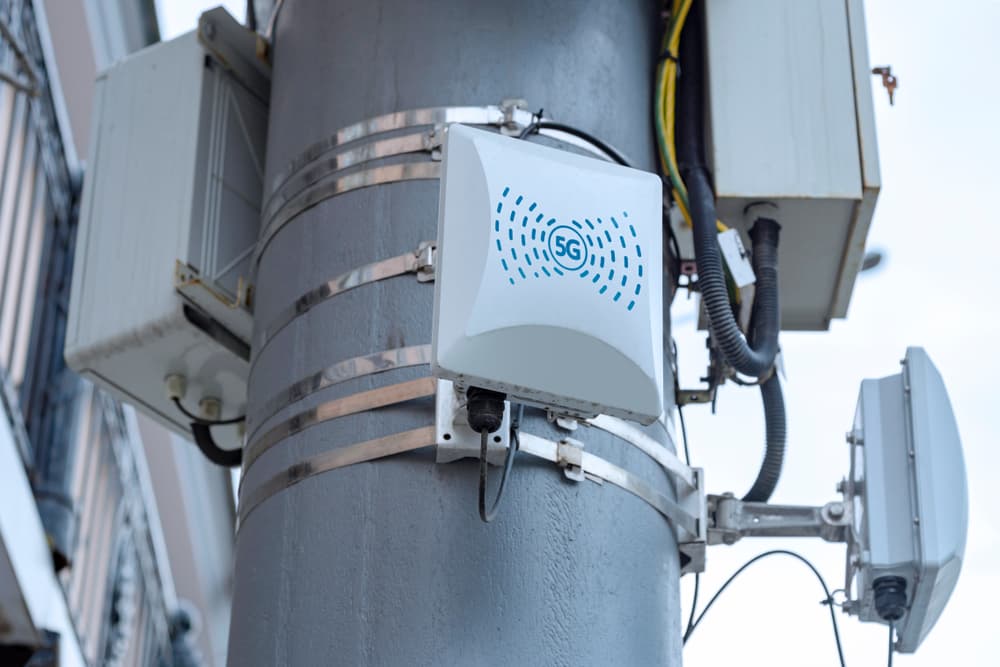With the 5G network promising to unlock the potential of the technological sector, more consumers are expected to progressively utilize the system in years to come. As different players continue to set up the infrastructure for accommodating the technology, the global population is increasingly opting for the 5G option.
Data acquired by Finbold projects that about 4.74 billion people, or 60% of the global population, will have access to 5G coverage by 2026. In the same year, 3GPP and LTE will both have a coverage rate of 96%. As of 2021, 1.97 billion people have access to 5G technology, accounting for 25% of the population. 3GPP and LTE technologies have a coverage of 95% and 86%, respectively.
The growth of 5G into the mainstream is exhibited by the 2021 access where about 32% of the global population has access to the technology. However, 3GPP remains dominant with a share of 96% while LTE accounts for 88%.The data on the projection of 5G coverage is provided by Ericsson Mobility Visualizer according to the latest updates as of June 2021.
Drivers for 5G adoption
The projected growth of 5G technology is expected to be driven by the network’s new advantages compared to existing systems like 4G. The 5G technology introduces low latency, high speed while enabling high data-intensive applications to perform efficiently compared. Therefore, the network offers room for performing high intensive operations while handling a significant number of devices.
In general, most consumers are attracted to the technology’s combination of speed and responsiveness. The technology is highly touted to continue unlocking the potential of different technological trends.
Worth noting is that 5G technology has received massive hype globally, considering its use cases go beyond mobile broadband. The difference between 5G and other networks is its primary focus that lies on machine-type communication enabling the Internet of Things (IoT). In this line, the network is expected to play a vital role in enhancing the full capability of self-driving cars, drones, virtual reality, and the internet of things.
By accounting for over half of the global population by 2026, it is worth mentioning that the coverage will be concentrated on a select few regions led by Asia, the US, and Europe. Already, these regions have built the system and infrastructure for the technology’s adoption.
Elsewhere, other regions are still establishing the infrastructure to accommodate the technology. However, these regions are likely to have caught up by 2026.
Challenges towards 5G adoption
Towards the growing adoption of 5G technology, the journey is still facing challenges that might derail the process. For instance, the network requires access to several spectrum bands with different attributes. Consequently, the limited access to various spectrum bands in other regions has been responsible for the slow uptake in most parts of the world.
Additionally, setting up the 5G infrastructure is costly, especially in establishing the necessary infrastructure. Most regions rely on 4G telecom infrastructure that needs to be upgraded and expanded.
[robinhood]







